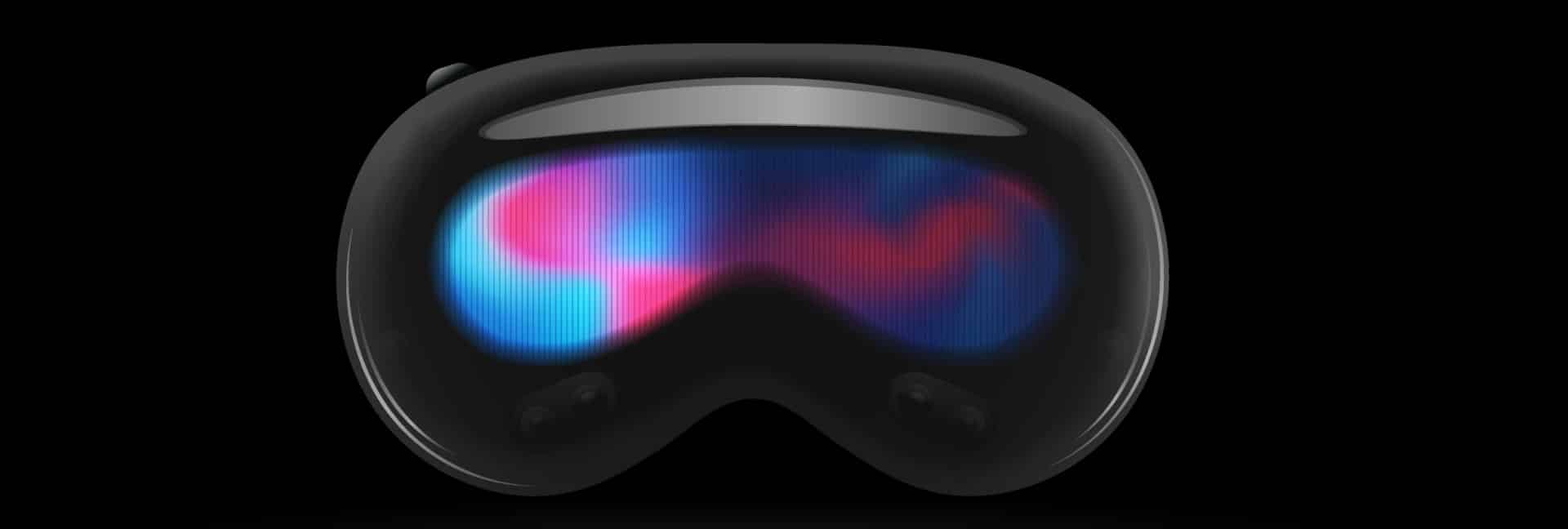 They say that to truly successful, you need the freedom to fail. So it’s no wonder that Google is such a giant success. When you look at the many gigantic flops that the company has produced over the years you can’t help but marvel at audacity some of them have had.
They say that to truly successful, you need the freedom to fail. So it’s no wonder that Google is such a giant success. When you look at the many gigantic flops that the company has produced over the years you can’t help but marvel at audacity some of them have had.
Among these few have been so poorly-received as Google Glass. A product perceived to be so obnoxious that it created the word “Glasshole” to describe the people who took part in the initial beta program. In 2015 Google stopped selling the Glass.
Yet now we hear that Google is having another go with a second-generation Google Glass and this time the angle is going to be different. Are we in for another wave of Glassholes or is this something truly new?
An Eye for Detail
With systems such as Microsoft’s Hololens, the monocular Glass projection system may seem a little quaint, but for AR that isn’t trying to make an immersive projection it’s an affordable and practical solution.
Think of it as trying to give someone Robocop vision, rather than making them see a bunch of realistic renderings in their environment.
Pros and Cons
Google (or more accurately Alphabet) is aiming this new generation of Glass not at regular folks looking for a digital fashion statement, but at professional use cases. The goal of this new project is to provide workers with a tool that will speed up and improve their job performance.
In the two years since Google put an end to the Glass’ public beta they’ve been working with experts in various fields to build custom apps for specific applications in the work environment.
In a blog post detailing this new phase of Glass, project lead Jay Kothari uses the example of General Electric, who now use glass to give employees immediate access to instructional material in their line of sight instantly. So that they don’t have to spend time looking through binders of reference material as they work.
Use-less?
This is probably a good move for Google, since this sort of monocular AR device has already found a home in the manufacturing industry and other industrial, scientific and technological businesses would have multiple uses for these devices.
However, this also means that Google is going head-to-head with existing AR solutions in those areas and not carving out an entirely new product category in the consumer space.
This time Glass may actually have some staying power, since the strategy and context of the product is much different than before. To be honest, the biggest problem that Glass had during its initial run is the lack of killer applications. No one really knew what they would do with it or what it would be useful for.
This time Google has a clear market, clear use cases and solid stats to back up the benefits of Glass to its business clients. Will we as consumers ever care about Glass? It’s clear mixed reality devices are going to play a big role in the consumer space, but that doesn’t mean Google’s take on the technology is going to win out in the end. So for now we aren’t getting a new wave of Glassholes.







